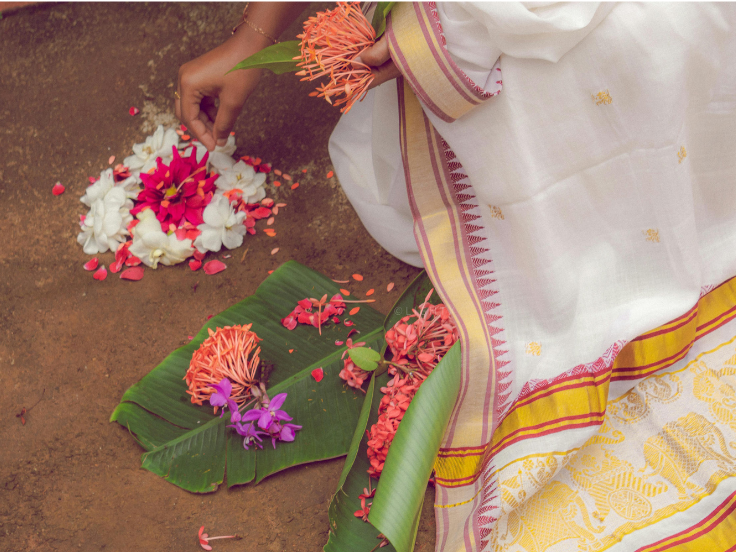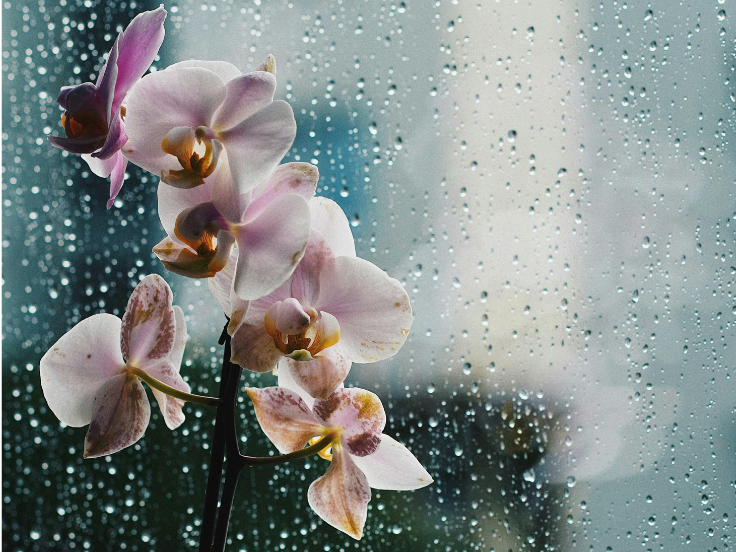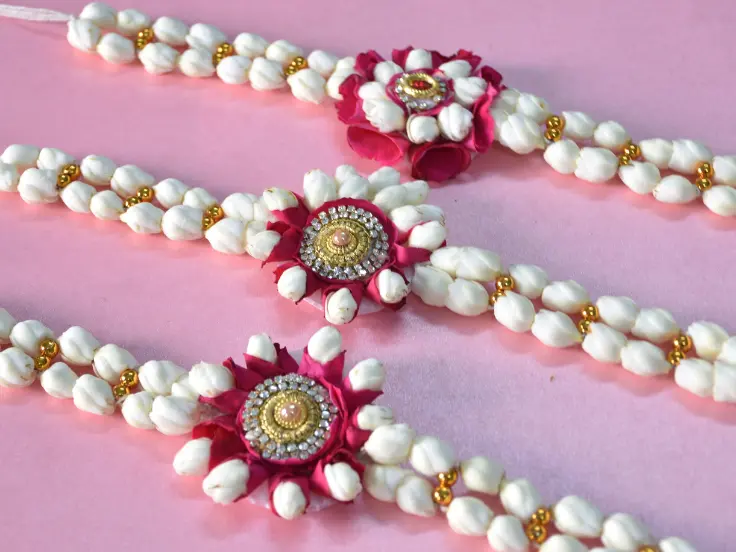
Indian Jasmine Flower Guide: Types, Benefits & Religious Value
The Open Secrets of the Indian Jasmine Flower: History, Uses & Significance
The beautiful white flowers known as mogra or malle puvvu in regional languages are the beloved Indian jasmine flower. These fragrant blooms are not just ornamental but deeply woven into the fabric of Indian culture, tradition, and daily life. From religious ceremonies to personal adornment, the Indian jasmine flower (Jasminum species) stands as an aromatic symbol of India’s rich botanical heritage.

The Cultural Significance of Indian Jasmine Flowers
The Indian jasmine flower holds immense historical and religious significance within the subcontinent. Various jasmine varieties are well-documented in traditional texts and mythological literature dating back to the period spanning from the 7th to the 3rd centuries BCE.
India boasts numerous types of Indian jasmine flowers, including:
- Jasminum grandiflorum (Royal Jasmine)
- Jasminum sambac (Arabian Jasmine)
- Jasminum officinale (Common Jasmine)
As one of the world’s largest producers and exporters of jasmine, India’s relationship with this flower goes beyond aesthetics. In Vijayanagara district’s Havina Hadagali area, jasmine farming contributes up to 40% of household income, highlighting its economic importance.

Medicinal Properties of Indian Jasmine Flower
The Indian jasmine flower isn’t just beautiful—it’s a traditional medicinal powerhouse. Jasminum sambac has historically been used as:
- An antidepressant
- An analgesic
- An aphrodisiac
- An antiseptic
According to traditional medicine practices, jasmine roots can help treat wounds and snake bites. In Chinese medicine, jasmine plant leaves are used to address dysentery and stomach ailments.
Renowned ancient Indian physicians like Charaka and Sushruta documented the medicinal uses of Jasminum grandiflorum. Different parts of the plant serve various therapeutic purposes:
- Jasmine leaves can be chewed to alleviate stomachache and stomatitis
- Root paste can be applied to improve skin health
These medicinal properties explain why the Indian jasmine flower is extensively cultivated throughout Asia, particularly in India’s flower-growing regions.

The Art of Jasmine Tea
Jasmine tea represents a perfect marriage of flavor and fragrance. This special blend is created by scenting tea leaves with fragrant Indian jasmine flowers under specific conditions, resulting in a beverage treasured across cultures.
While particularly popular in China, jasmine tea varieties include:
- Jasmine green tea (most common)
- Jasmine black tea
- Jasmine white tea
- Jasmine oolong tea
Beyond its delightful taste, jasmine tea offers multiple health benefits according to traditional Chinese medicine. In Fuzhou, “The City of Jasmine in China,” tea was historically considered an antidote to many poisons—the local dialect’s word for “buying medicine” literally translates to “buying tea.”
Health benefits of jasmine tea include:
- Rich in antioxidants and vitamin C
- Soothes the digestive system
- Helps relieve stress through aromatherapy
- Promotes relaxation
For those seeking a moment of tranquility, a cup of jasmine tea offers both pleasure and wellness benefits.
Indian Jasmine Flower in Religion and Culture
Jasmine in Hinduism
The Indian jasmine flower is deeply intertwined with Hindu mythology and practices. Kamadeva, the Hindu god of love and desire, is depicted wielding a bow with arrows decorated with five fragrant flowers—jasmine being prominently featured among them.
Ancient texts like the Ayurveda, Kamasutra, Ramayana, and Mahabharata all reference jasmine’s significance. In these works, women adorned their hair and bodies with jasmine flowers, establishing a tradition that continues today. The Sanskrit play Abhijnana Shakuntalam by Kalidasa uses jasmine imagery to describe the protagonist’s beauty.
Tamil Sangam literature contains numerous references to jasmine, including myths about:
- King Parthan of Ayodhya, who worshipped Lord Shiva in a jasmine-filled forest
- King Paari discovering jasmine during a hunting expedition
Visual representations of the Indian jasmine flower appear frequently in historical Indian art, with jasmine motifs decorating monuments and sculptures from the Chalukya, Chola, and Pallava dynasties.
In contemporary Hindu practice, Indian jasmine flowers are essential elements in:
- Religious ceremonies
- Symbolic gifts
- Temple adornments
- Wedding decorations
- Life milestone rituals (birth, puberty, marriage, death)
Jasmine in Buddhism
In Buddhist tradition, Indian jasmine flowers symbolize meditation, reverence, and devotion. They represent core Buddhist values of compassion, empathy, and kindness.
The Dhammapada, part of Buddhism’s Sutta Pitaka, contains verses about jasmine blossoms that serve as metaphors for spiritual teachings. One such verse encourages practitioners to “Like a jasmine creeper its faded flowers, so ye bhikkhus, give up your lust and aversion.”
Buddhist art and architecture feature jasmine prominently. In the famous Ajanta cave paintings, Buddha’s crown is adorned with jasmine flowers—depicted in a heavenly golden yellow rather than the traditional white.
Aromatherapy and Wellness Benefits of Indian Jasmine
Jasmine attar, a natural fragrance oil extracted from the Indian jasmine flower, is prized in perfumery and aromatherapy. Its strong, long-lasting scent makes it ideal as a base or middle note in fine fragrances.
The therapeutic properties of jasmine attar include:
- Mood enhancement
- Stress reduction
- Relaxation promotion
- Enhancement of spiritual and meditation experiences
Scientific research supports traditional knowledge about jasmine. Pharmacological studies have confirmed that essential oil from Jasminum sambac possesses antibacterial properties, validating its use in traditional medicine.
The Economic Impact of Indian Jasmine Flowers
Beyond cultural and medicinal significance, the Indian jasmine flower contributes substantially to the economy of many regions. India’s jasmine cultivation supports:
- Small-scale farmers
- Local flower markets
- Attar production centers like Kannauj
- Export businesses
- Traditional flower artisans
Conclusion
The Indian jasmine flower represents far more than mere beauty. With deep roots in the history of the Indian subcontinent and Asia at large, jasmine embodies a perfect blend of aesthetic, religious, cultural, and medicinal value.
Despite its profound significance, the Indian jasmine flower remains accessible, appearing in gardens, markets, and homes across India. As we encounter these fragrant blooms in our daily lives, it’s worth pausing to appreciate their beauty and cultural importance.
For premium quality jasmine flowers and jasmine-based products, visit Gulmahal Flowers and discover the magic of India’s beloved white bloom.
Written by : Shruti Maurya








